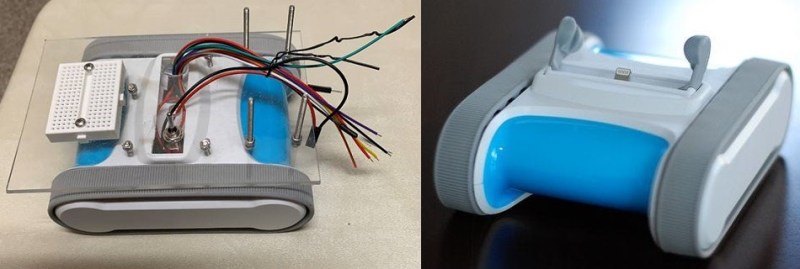I know you’ve heard of both synchronous and asynchronous communications. But do you really know the differences between the two?
Serial communication was used long before computers existed. A predecessor is the telegraph system using Morse Code, one of the first digital modes of communication. Another predecessor is the teletype, which set standards that are still used today in your Arduino or Raspberry Pi.
All you need is two wires for serial communications, which makes it simple and relatively robust. One wire is ground and the other the signal. By interrupting the power with predefined patterns, information can be transferred …read more
 Continue reading Serially, Are You Syncing or Asyncing?→
Continue reading Serially, Are You Syncing or Asyncing?→

